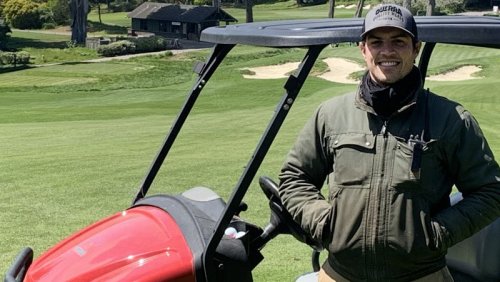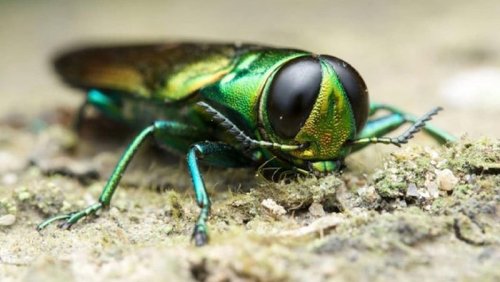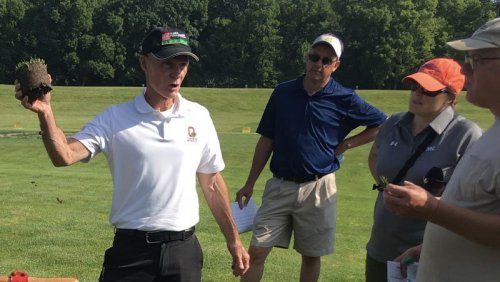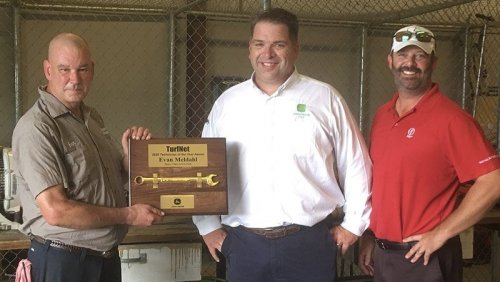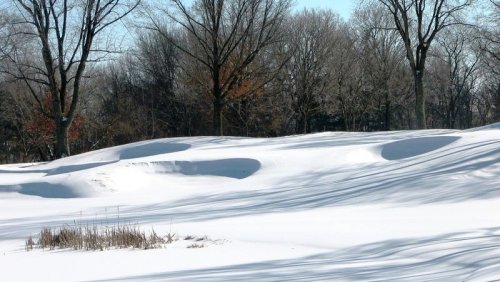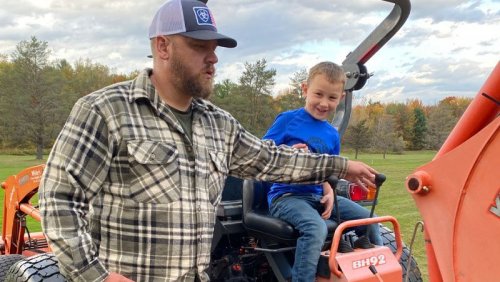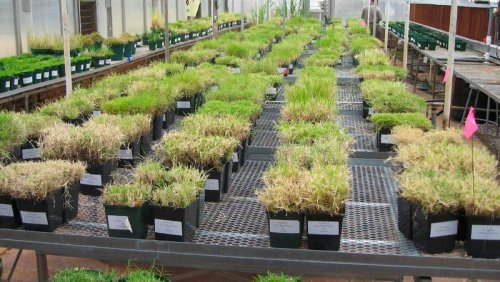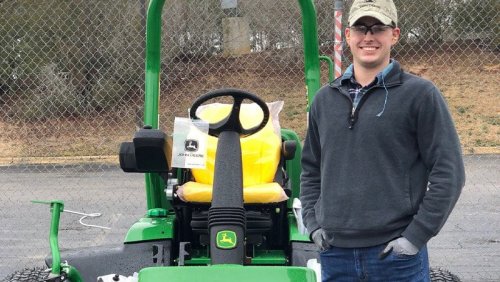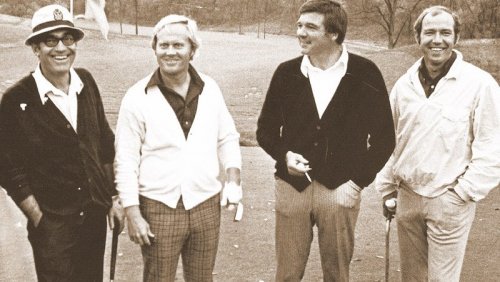

Platinum Equity LLC has reached an agreement with Ingersoll Rand to buy the Club Car line of golf cars and utility vehicles for $1.68 billion.
Club Car was founded in 1958 in Augusta. Ingersoll Rand, which manufactures compression systems and lifting and handling tools and devices, acquired the brand in 1995. Reuters reported the sale is part of an effort by Ingersoll Rand to cut almost $4 billion in debt.
The golf car industry is a buyer’s market.
According to IBISWorld, which provides global market research on several markets, the golf car industry is a $1.2 billion per year market. That market, which according to IBISWorld shrunk by 6 percent in 2020, is expected to grow by 1.4 percent this year.
Platinum Equity was founded in 1995 and has assets of more than $25 billion. The Beverly Hills firm specializes in mergers, acquisitions and operations of technology companies in diverse industries. Ingersoll Rand reported revenue of $1.5 billion in 2021 and income of $152 million. The company reported sales of $246 million in its golf car and utility vehicle segment, which represented an increase of 9 percent over 2019.
Platinum Equity will continue to provide innovations such as Club Car’s Visage fleet-management system, while also seeking new opportunities to grow the Club Car brand. Club Car president Mark Wagner will continue to lead the company under its new ownership.
Subject to regulatory approval, the all-cash transaction is expected to close in the third quarter of the year.
- Read more...
- 3,140 views

